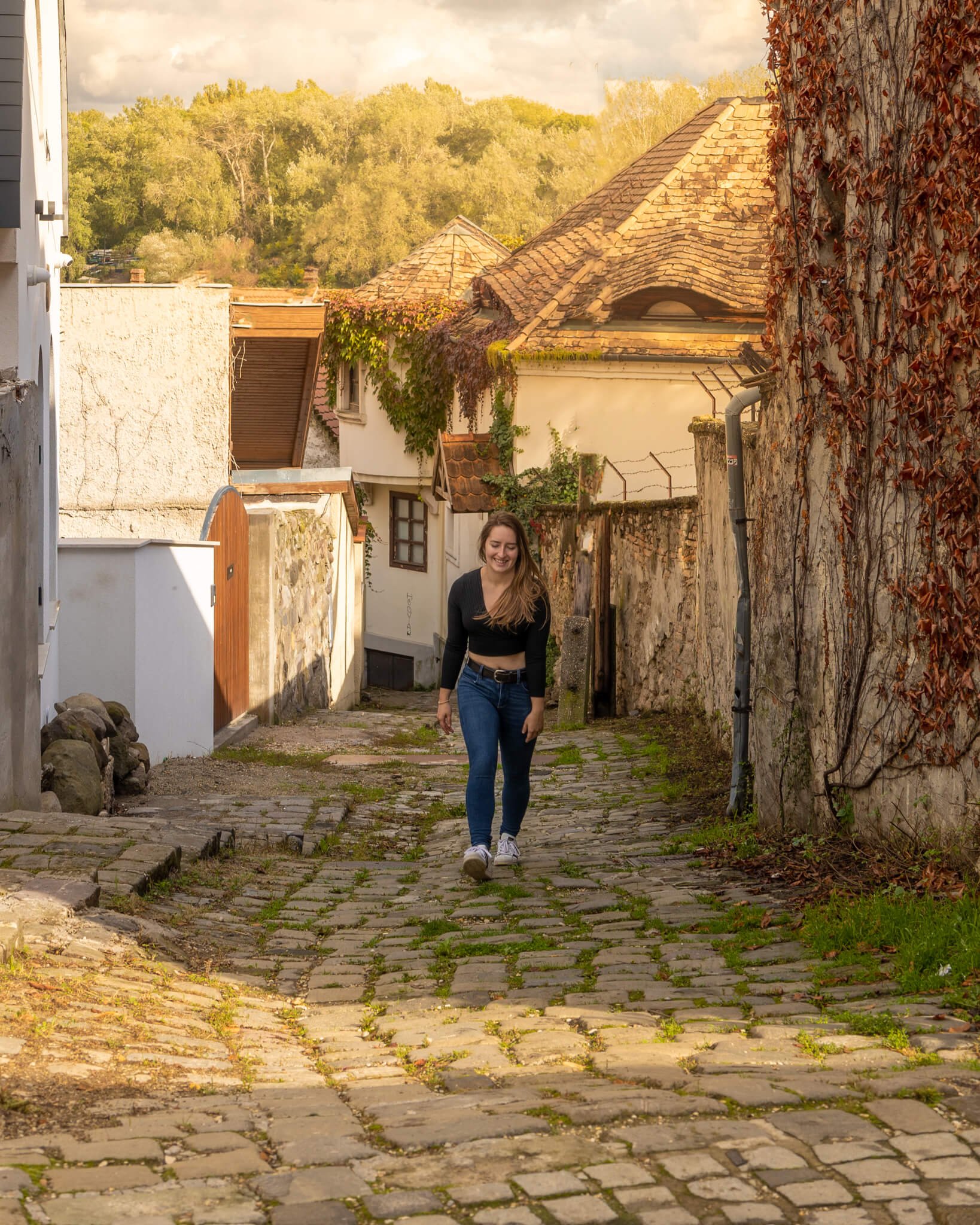Hungary travel guide ,Hungary is a treasure trove of history, culture, and stunning landscapes. From Budapest’s grand Parliament to the charming streets of Eger and the soothing thermal baths, every corner offers something special. Foodies can savor goulash and chimney cake, while adventurers explore castles, ruin bars, and scenic lakes.
A little preparation goes a long way! Knowing about visa rules, currency, transport, and local customs can save you from surprises. This guide will help you navigate Hungary like a pro, so you can focus on making unforgettable memories!
It’s a Must-Need to visit Hungary
A Hidden Gem Worth Exploring
- Breathtaking Landmarks: From the majestic Parliament Building in Budapest to fairy-tale castles and charming medieval towns, Hungary is a paradise for history lovers and architecture enthusiasts.
- Unique Experiences: Relax in centuries-old thermal baths, wander through vibrant ruin bars, or take in the scenic beauty of Lake Balaton, Hungary offers something special for every traveler.
- Rich Culture & Cuisine: Savor traditional goulash, chimney cake, and Tokaji wine, and experience Hungary’s warm hospitality, lively festivals, and deep-rooted traditions.
Essential Documents and Entry Requirements
Before booking your flight, it’s essential to have the right travel documents. Hungary is part of the Schengen Zone, allowing citizens from most EU countries to enter without a visa. If you’re an EU citizen, you only need a valid passport or national ID card. However, travelers from outside the EU should check the latest visa requirements well before their trip to avoid any surprises.
If you’re from a non-EU country, you may need a Schengen visa to enter Hungary. This visa allows you to stay for up to 90 days within a 180-day period for tourism, business, or family visits. Be sure to apply early, as visa processing can take several weeks. Always check the official Hungarian consulate or embassy website for the most up-to-date information and required documents.
Planning to stay longer than 90 days? You’ll need a long-term visa or residence permit depending on the purpose of your visit—whether for work, study, or other reasons. Keep copies of your passport, visa, and other important documents in case you need them. Being prepared ensures a smooth entry and a stress-free start to your Hungarian adventure.
Best Time to Visit Hungary (Seasons, Weather, and Travel Tips)
Hungary experiences four distinct seasons, each bringing a unique atmosphere, weather conditions, and travel opportunities. Whether you’re looking to explore historic cities, relax in thermal baths, or enjoy outdoor adventures, the best time to visit depends on what kind of experience you’re after. Here’s what you can expect throughout the year.
- Spring (March – May): A perfect time for sightseeing, as temperatures range from 10°C to 20°C (50°F to 68°F). Blooming flowers, mild weather, and fewer tourists make it ideal for visiting landmarks like Buda Castle and Fisherman’s Bastion. Spring is also great for exploring Hungary’s vineyards and countryside before the summer crowds arrive.
- Summer (June – August): The peak tourist season, with temperatures often exceeding 30°C (86°F). This is the best time for Lake Balaton trips, outdoor festivals, and lively nightlife in Budapest. Expect more crowds, especially at popular attractions like Széchenyi Thermal Bath and the Parliament Building, but also plenty of energy and events like Sziget Festival.
- Autumn (September – November): A beautiful season with cooler temperatures (10°C to 20°C / 50°F to 68°F) and vibrant fall colors. The crowds thin out, making it an excellent time to explore Hungary’s castles, hiking trails, and wine regions. Cities like Eger and Tokaj offer fantastic wine festivals, showcasing Hungary’s renowned reds and sweet Tokaji wines.
- Winter (December – February): A magical season, especially in Budapest, where Christmas markets, festive lights, and ice-skating rinks create a cozy atmosphere. Though temperatures drop to -5°C to 5°C (23°F to 41°F), it’s the perfect time to soak in the thermal baths and enjoy traditional Hungarian comfort food like goulash and chimney cake.
For the best balance of pleasant weather, fewer crowds, and great sightseeing, consider visiting in spring or autumn. However, if you love festivals, summer is perfect, and for a winter wonderland experience, December is unbeatable!
Currency and Payment Methods in Hungary

Managing money wisely can enhance your travel experience in Hungary. From knowing the local currency to the best payment methods, here’s what you need to keep in mind.
Hungarian Forint (HUF), The Official Currency
Hungary uses the Hungarian Forint (HUF), not the Euro. While some places, especially in tourist areas, accept Euros, the exchange rate is often unfavorable. It’s best to use Forints for better value and smoother transactions.
Credit and Debit Cards in Hungary
Cards are widely accepted in most hotels, restaurants, and shops. However, some smaller vendors, markets, or rural businesses may only take cash. It’s always good to carry some small denominations of Forints for convenience.
Withdrawing Cash from ATMs
ATMs are easily accessible throughout the country. However, avoid Euronet ATMs, as they tend to have high withdrawal fees. Instead, use bank-operated ATMs, which offer better rates and lower fees.
Currency Exchange, Where to Get the Best Rates
For the best exchange rates, visit official currency exchange offices or banks. Avoid exchanging money at the airport or hotels, as they often charge higher fees. Always check the daily exchange rate before making a transaction to ensure you get the best deal.
Packing Essentials for Your Trip to Hungary

Packing the right items can make or break your trip to Hungary. Whether you’re visiting in summer or winter, preparing for the local climate, terrain, and cultural expectations will ensure a hassle-free experience. Here’s a complete packing guide to help you travel smart!
Clothing, Dress for the Weather and Comfort
Hungary experiences hot summers and cold winters, so packing accordingly is essential
- Summer (June – August): Lightweight, breathable clothes, sunglasses, and sunscreen for hot days.
- Winter (December – February): A warm coat, thermal layers, gloves, and waterproof boots for chilly temperatures.
- Spring & Autumn: Layered clothing, as temperatures vary throughout the day.
Comfortable Shoes for Exploring
Hungary’s streets, especially in cities like Budapest, are cobblestone-heavy, making comfortable footwear a must. Pack
- Durable walking shoes for sightseeing and long strolls.
- Waterproof boots if visiting during winter or rainy seasons.
- Sandals for summer trips, especially if exploring Lake Balaton.
Electronics and Travel Accessories
Stay connected and prepared with essential travel gadgets
- Travel adapter: Hungary uses Type C and F plugs (European standard).
- Power bank: Keep your devices charged while exploring.
- Unlocked smartphone: If using a local SIM for internet access.
Hydration and Health Essentials
Staying hydrated is key, especially during Hungary’s warm summers, Essentials include.
- Reusable water bottle: Tap water is safe to drink and widely available.
- Basic first aid kit: Band-aids, pain relievers, and motion sickness tablets for travel.
- Prescription medication: Always carry necessary medicines with a doctor’s note if required.
By packing these essentials, you’ll be well-prepared for your Hungarian adventure, ensuring a smooth and enjoyable experience.
Hungarian Culture and Etiquette
Hungarians deeply value their traditions, customs, and hospitality. A polite handshake is the most common greeting, especially in formal settings. When addressing someone, it’s customary to use their last name first, followed by their first name. In social settings, locals appreciate respect and courtesy, so a friendly approach goes a long way.
When dining out, tipping is expected, usually 10-15% of the bill. However, avoid clinking beer glasses, as it’s considered bad luck due to a historical event from the 19th century. While many Hungarians speak English, learning a few basic Hungarian phrases like “Köszönöm” (Thank you), is always appreciated!
Best Transport Options for Travelers
Exploring Hungary is easy, affordable, and convenient, thanks to its efficient public transportation system. Whether you’re navigating Budapest’s metro and tram network or traveling between cities, there are plenty of options to suit your travel style.
Public Transportation in Budapest, Fast & Budget-Friendly
Budapest has one of the best public transport systems in Europe, with an extensive metro, tram, and bus network. The Budapest Metro is the second-oldest in the world and offers a quick way to get around. Trams like the scenic Tram 2 provide great city views, while buses and trolleybuses cover areas beyond metro lines. Consider a Budapest Travel Card for unlimited rides and discounts at attractions.
Intercity Travel, Trains, Buses & More
For travel between cities, trains and long-distance buses are the best options. The Hungarian State Railways (MÁV) operates trains to major destinations like Debrecen, Pécs, and Eger, offering comfort and speed. Volánbusz runs affordable coach services to smaller towns and rural areas. For ultimate freedom, renting a car lets you explore Lake Balaton, the Hungarian countryside, and famous wine regions at your own pace.
Taxis & Ride-Sharing, What You Need to Know
Taxis are available in all major cities, but always use licensed taxis with meters to avoid overpaying. Ride-sharing apps like Bolt are a safer, more reliable alternative. For eco-conscious travelers, biking is becoming increasingly popular, with bike rentals and cycling paths available in Budapest and beyond.
Hungary is an exciting destination filled with history, culture, and adventure. Preparing ahead by understanding local customs, currency, and transportation will make your trip much smoother. Whether it’s your first visit or a return trip, these tips will help you enjoy your time in Hungary to the fullest!
FAQs
How safe is Hungary for tourists?
Hungary is generally safe, but watch out for common scams, especially in tourist areas.
Is English widely spoken in Hungary?
In major cities like Budapest, many people speak English, but in rural areas, Hungarian is more commonly used.
What is the best way to get Hungarian Forints?
Withdrawing cash from ATMs or exchanging money at official exchange offices offers the best rates.
Are thermal baths worth visiting?
Absolutely! Hungary is famous for its thermal spas, and they’re a must-try experience.
Do I need a visa to visit Hungary?
It depends on your nationality. EU citizens don’t need a visa, but non-EU travelers should check visa requirements in advance.




